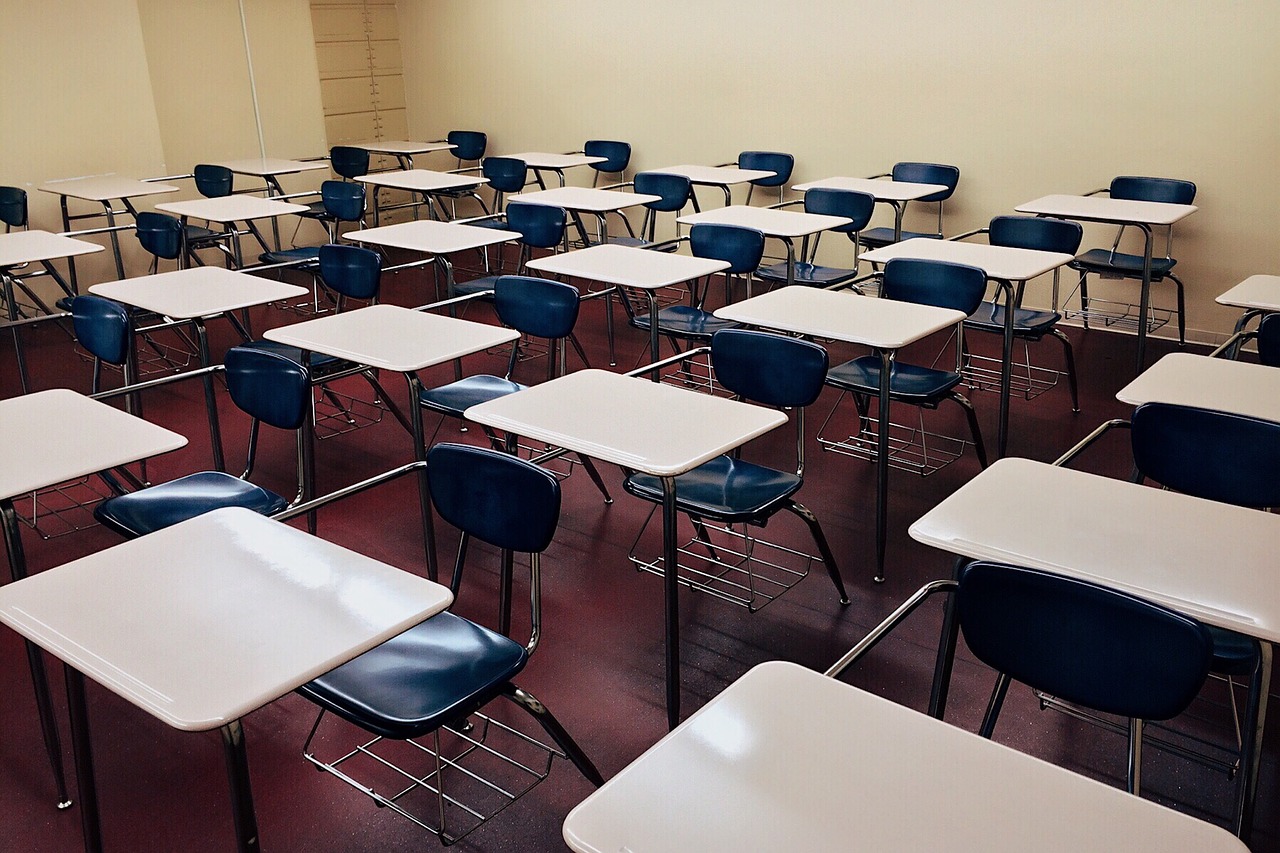As the California Legislature passed Assembly Bill 86, which includes $2 billion for local educational agencies that are able to offer in-person instruction for students by April 1, California School Boards Association President Suzanne Kitchens participated in a panel discussion on reopening schools.
Part of Public Policy Institute of California’s 2021 speaker series on the state’s future, Kitchens, along with California Teachers Association Executive Director Joe Boyd and Association of California School Administrators President Ron Williams, tackled the subject in a series of questions posed by moderator and CalMatters education reporter Ricardo Cano during the March 4 virtual event.
“It’s important to note that the school reopening discussion didn’t start with recent legislation and neither did the work to return students to the classroom,” Kitchens said in her opening remarks. “Contrary to some common narratives, school districts and county offices of education have been diligently preparing for in-person instruction during a time of great uncertainty, inadequate support and insufficient guidance.”
Using the word reopening is a “misnomer,” Kitchens explained, because many school districts have been open for months — some since October. For most, however, the biggest hurdles to the resumption of in-person instruction have been inadequate resources, inconsistent and insufficient guidance, lack of staffing, differing perceptions of what constitutes safety, and lack of access to vaccines for educators.
With the winter surge in COVID-19 cases in the rearview and the increasing availability of vaccines, “you have seen increasing numbers of schools open and make plans to open in coming weeks,” Kitchens said.
“This happened before the Governor and legislative agreement,” she continued “What this proves is that schools were always working to open and trying to get students back in the classroom as soon as possible — once it was safe to do so.”
In the spirit of education, Boyd graded AB/SB 86 “a solid C.”
“The truth is there’s a lot of this that has to do with saying that we’re doing something when in truth, and Suzanne mentioned this, a lot of that’s going on right now is a result of where the virus is,” Boyd said. “At its core, it’s a spending bill. It’s an important spending bill.”
The $6.6 billion plan, signed by Gov. Gavin Newsom on March 5, includes $4.6 billion to fund expanded learning opportunities and $2 billion in incentives to go at least partially in-person by April 1.
While districts have invested in personal protective equipment and facilities upgrades in the past year, not all schools are able to easily make changes like creating more space to social distance in classrooms or getting adequate ventilation, Boyd said. Conditions and resources vary by school. Vaccines can be used as an equalizer in the situation, he said.
Returning to campus
Answering a question about what education leaders have learned from schools that have already been open, ACSA’s Williams said, “In the districts that I’m familiar with, they have been very, very successful in doing some form of hybrid or in-person effectively to the point that their positivity rate and infection rate did not go up significantly compared to the rest of the community.”
With additional schools opening their campuses shortly, there is more opportunity to see what will work and what may not.
“I think if we can field test a number of our assumptions at the end of this academic year it will put us in a much better position to start the fall with the greatest number of students enrolled as possible,” Williams noted.
Kitchens emphasized the importance local conditions play in decision about when to reopen. “We want to keep in that positive direction of keeping the schools open, which means we’ll continue to do what we need to keep everybody safe … the one thing we don’t want to do is have to go backwards after opening,” Kitchens said. “The goal is to open once, [and] continue that trajectory. I think as long as we do what we need to do and vaccinations continue and our community spread continues to decrease — I believe by the beginning of the new school year we should be in a really great place.”
A concern of Kitchens’ remains that government officials have yet to recognize or outline a longer-term recovery plan. “We must commit as communities and the people that have the power of the pen to make sure that these students who have already lost a year do not lose anymore,” she said.
Boyd added that he hopes the goal post doesn’t continue to change. “For better or worse, the Governor has generally made the definition of how, when and where to open schools. Schools haven’t done that, unions haven’t done that, that’s been defined unilaterally by the Governor,” he said. “At some point we have to have some consistency of what to expect because everyone at the local level wants to make this happen as soon as we can and as effectively as we can.”




